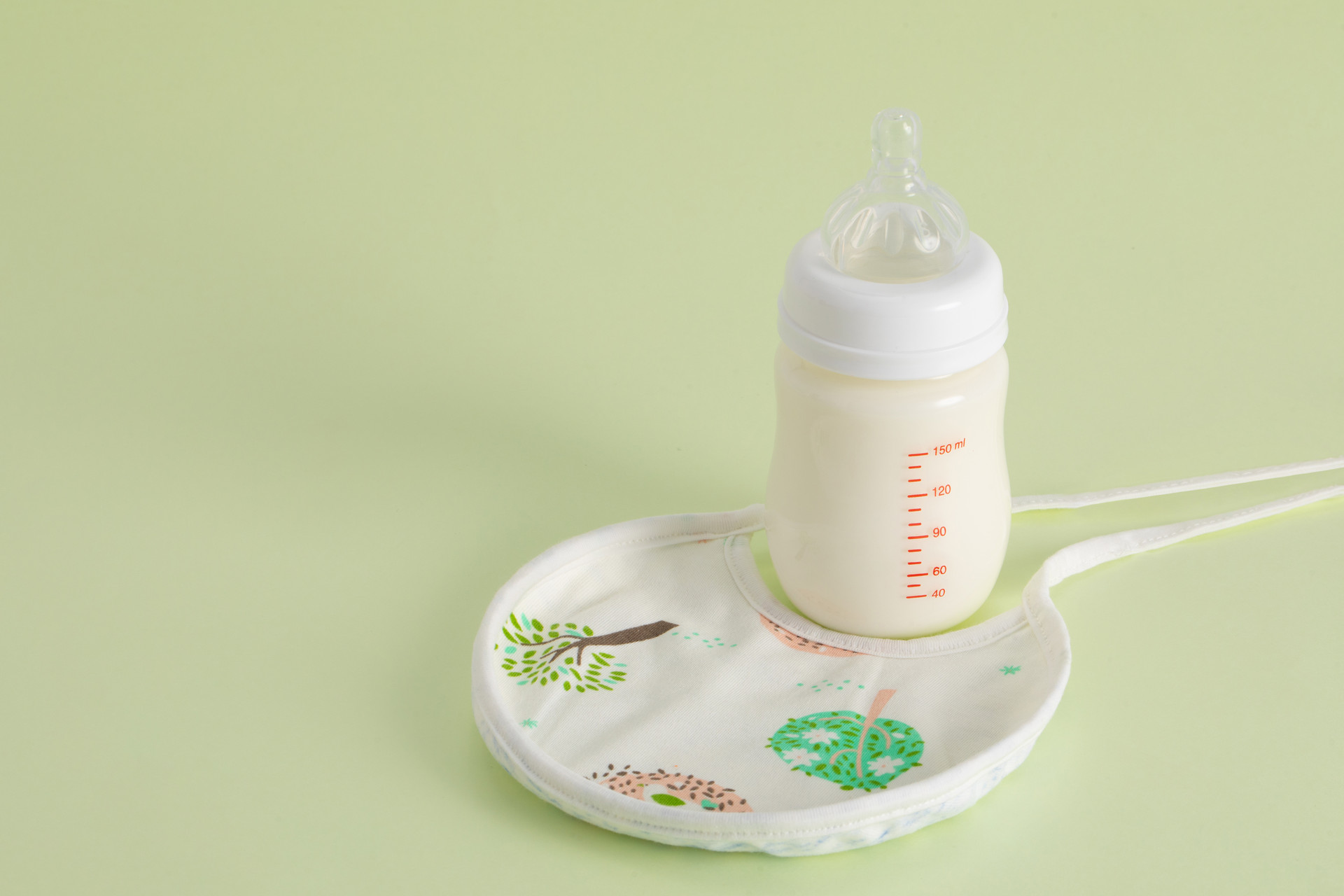"Fingerprint examination" is one of the methods used by ancient doctors to diagnose diseases in children. It is mostly used for children under the age of three to determine the presence of cold, heat, deficiency, or excess in their illnesses. This is because the skin of children under the age of three is delicate, and their fingerprints are clear and easy to observe. However, for children over the age of three or adults, their fingerprints are hidden beneath the skin or may have disappeared, making them difficult to observe. Therefore, "fingerprint examination" is no longer used to diagnose diseases, and pulse diagnosis is used instead.
"Fingerprint" refers to the veins on the palm side of the index finger of a child. In a healthy child, the fingerprint should be red and yellow, faintly visible beneath the skin. If the child is sick, the color, location, and depth of the fingerprint will change accordingly.
If the disease is superficial, the child's fingerprint will be shallow and visible on the surface of the skin, such as in the early stages of a cold. If the disease is internal, the child's fingerprint will be deep and hidden within the muscles, such as in cases of food stagnation. If the disease is cold, the fingerprint will be red. For example, if the child has caught a cold due to external wind and cold, the fingerprint should be bright red and superficial. If the fingerprint is pale red and deep within, it indicates deficiency and coldness in the spleen and stomach. If the disease is heat-related, the fingerprint will appear purple. For example, if the child has caught a cold due to external wind and heat, the fingerprint will be purple and superficial. If the fingerprint is dark purple and deep within the skin, it indicates the accumulation of pathogenic heat in the body. If the fingerprint is purplish-black, it indicates deep-seated heat pathogen, blood stasis, and severe illness. If the fingerprint is faint and disappears when pushed but reappears when released, it often indicates deficiency syndrome. Pale red indicates insufficient qi and blood, indicating deficiency; pale purple indicates deficiency with heat, indicating the presence of deficient fire. If the fingerprint does not move or change color when pushed, it often indicates a syndrome of excess or the retention of pathogenic factors in the body, such as phlegm-dampness internal accumulation, food stagnation, or accumulation of pathogenic heat.
In clinical practice, for children with external diseases or diseases related to the spleen and stomach, examining fingerprints can be used to determine or diagnose diseases with relatively high accuracy. For example, whether the child has malnutrition or whether their illness is cold or heat related. However, using fingerprint examination as the sole method to determine or diagnose diseases is only one of the diagnostic methods in traditional Chinese medicine. In clinical practice, a combination of the four diagnostic methods should be used to achieve accurate diagnosis and appropriate treatment.











